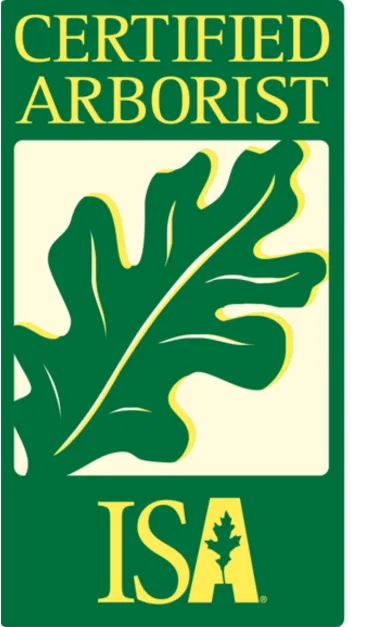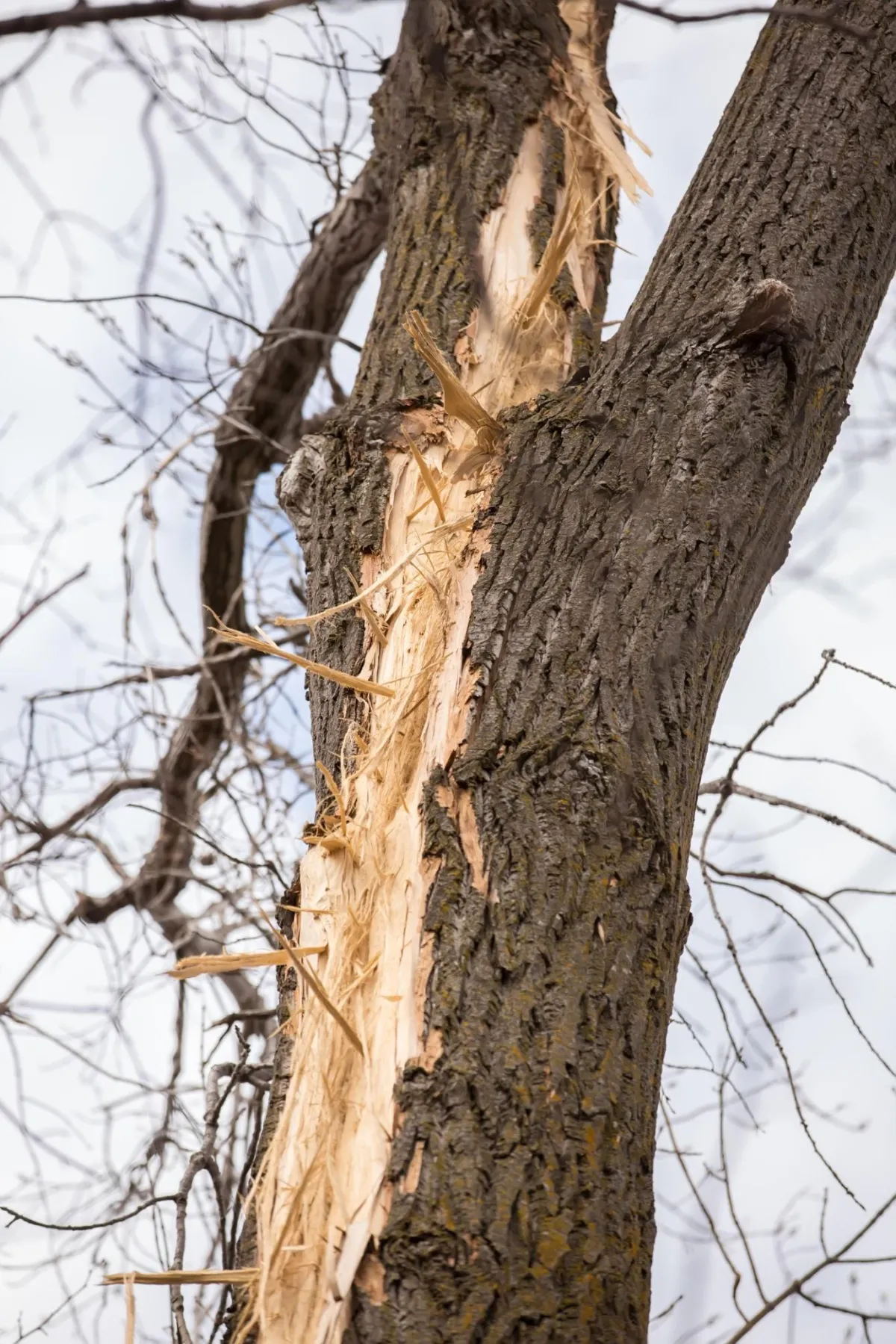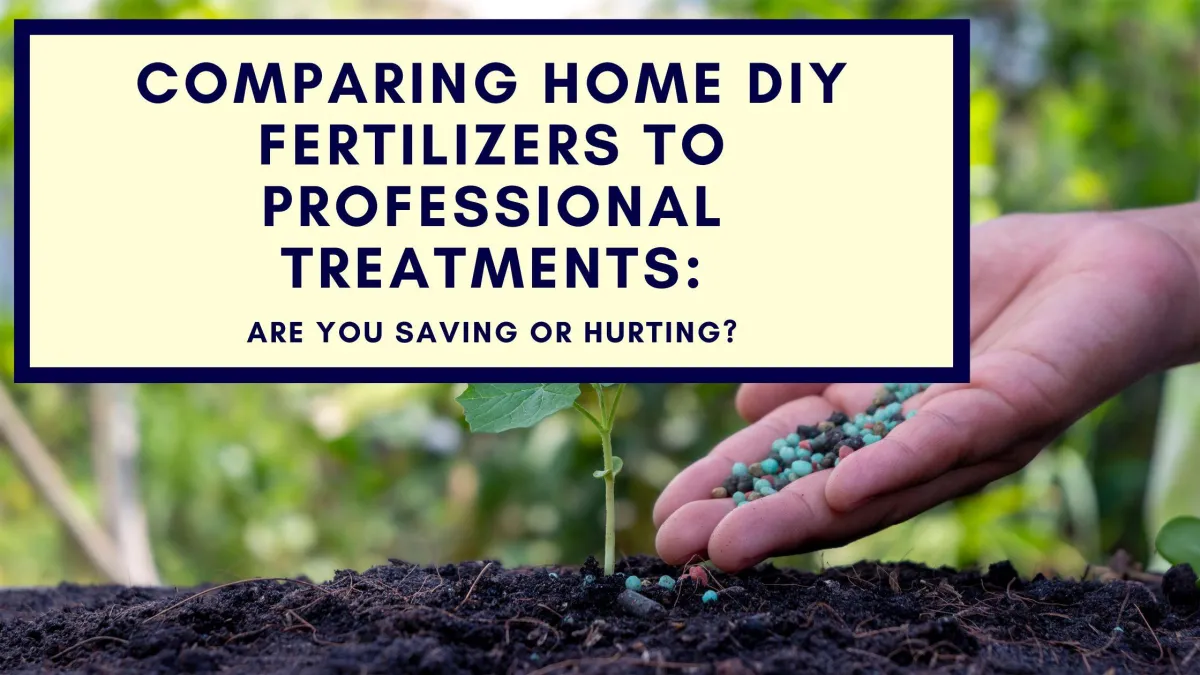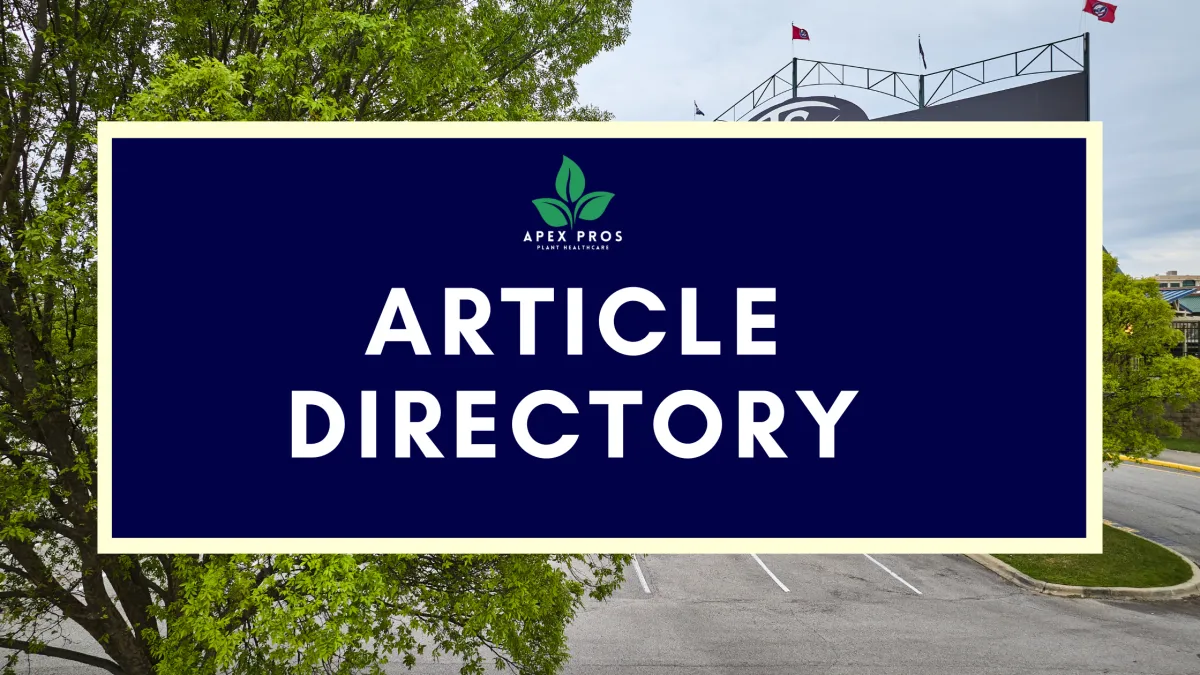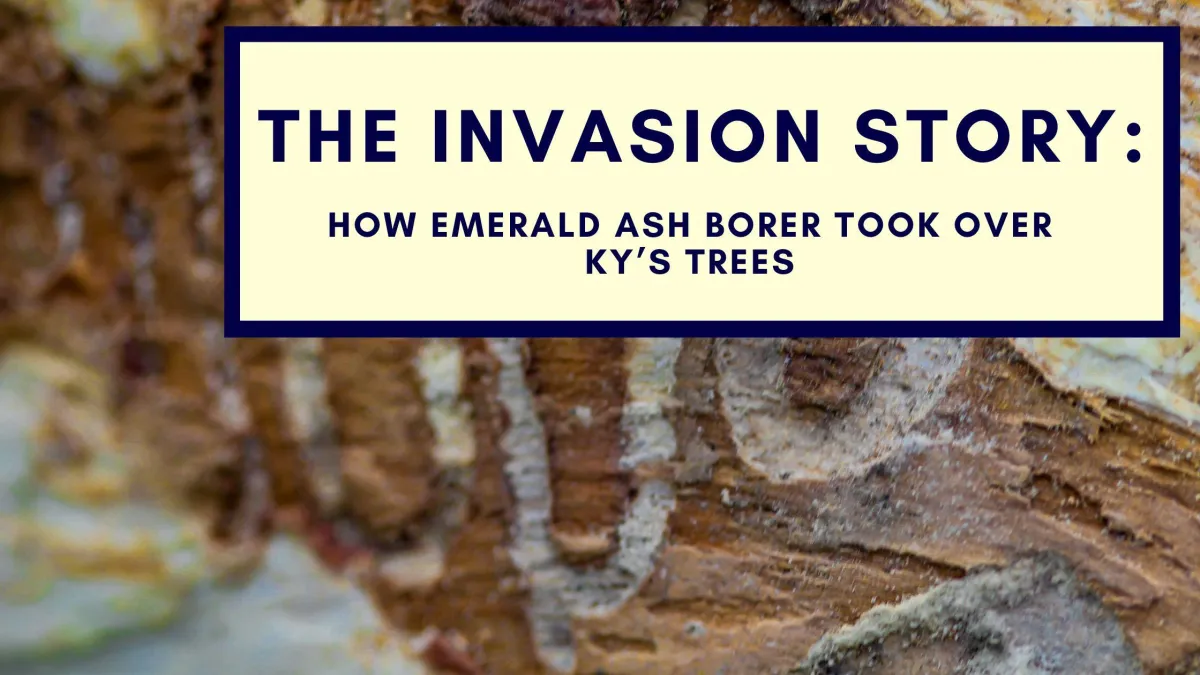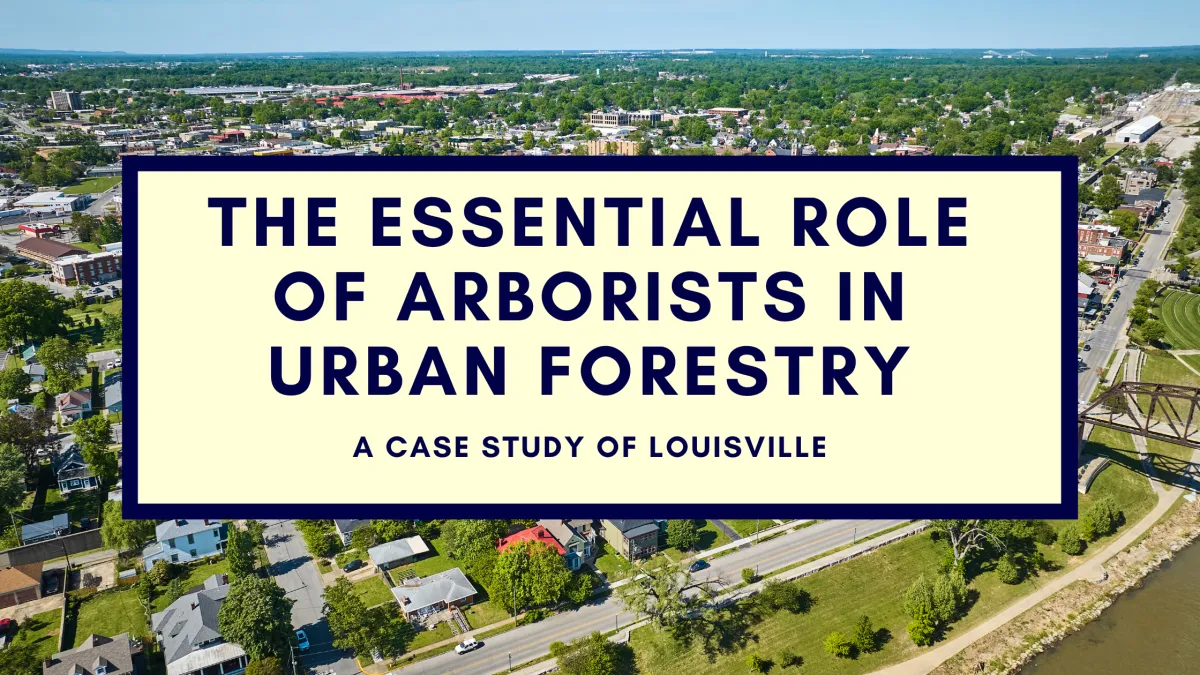
Blog > A Guide for Arborist Service
When Is It Too Late to Save a Storm-Damaged Tree?
Storms can cause devastating damage to trees, leaving homeowners wondering whether their beloved trees can be saved or if it's time to say goodbye. While trees are incredibly resilient, there comes a point where damage is too severe for recovery. Knowing when it’s too late can save time, money, and prevent potential hazards. This article will guide you through assessing damage, understanding recovery chances, and making the right decisions for your storm-damaged trees.
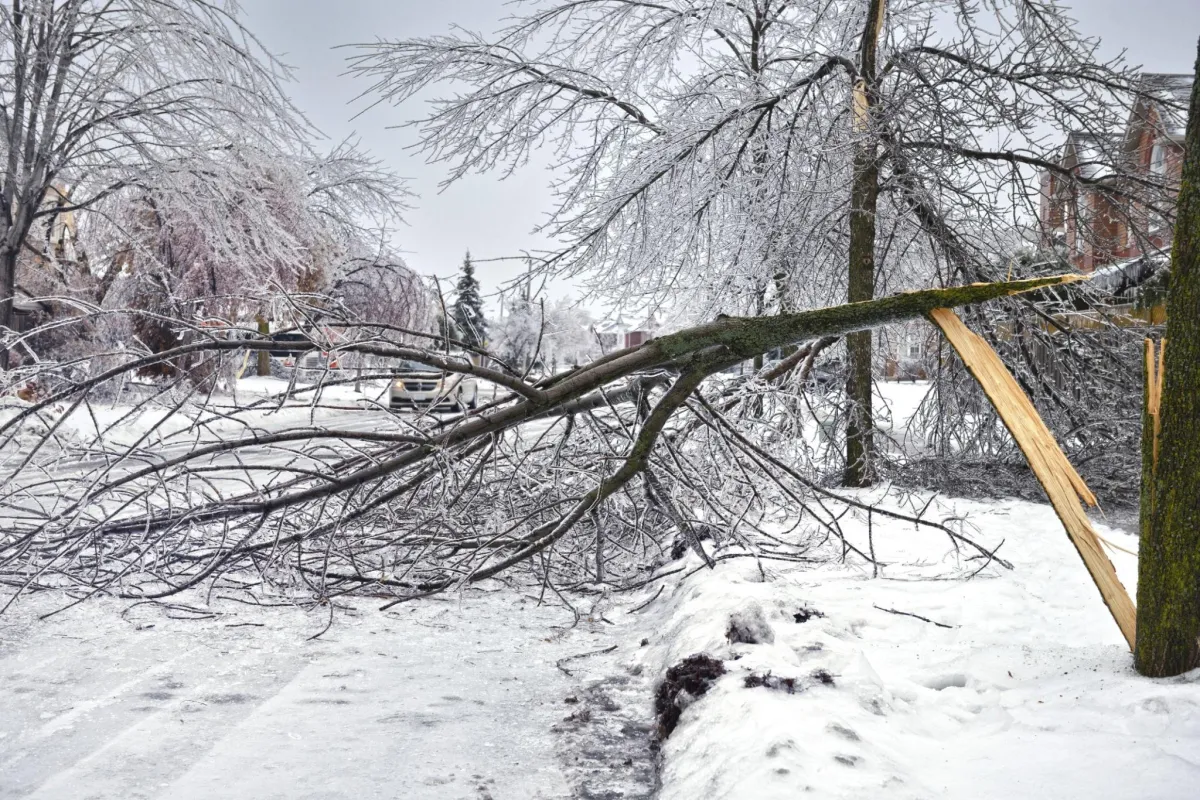
Understanding Storm Damage on Trees
Types of Storm Damage
Storms can harm trees in many ways, and the type of damage often determines if recovery is possible. Common types of storm damage include broken branches, split trunks, uprooting, and canopy loss. Each type affects a tree differently and requires a specific approach to repair or assess. Recognizing the type of damage is the first step in deciding whether the tree can recover.
How Trees Respond to Damage
Trees have natural mechanisms to heal wounds. They produce protective barriers over damaged areas to prevent decay and disease from spreading. However, their recovery depends on their overall health, the extent of damage, and environmental conditions. A tree that was healthy before the storm will always have a better chance of surviving compared to one that was already weak or diseased.
Signs a Storm-Damaged Tree Can Be Saved
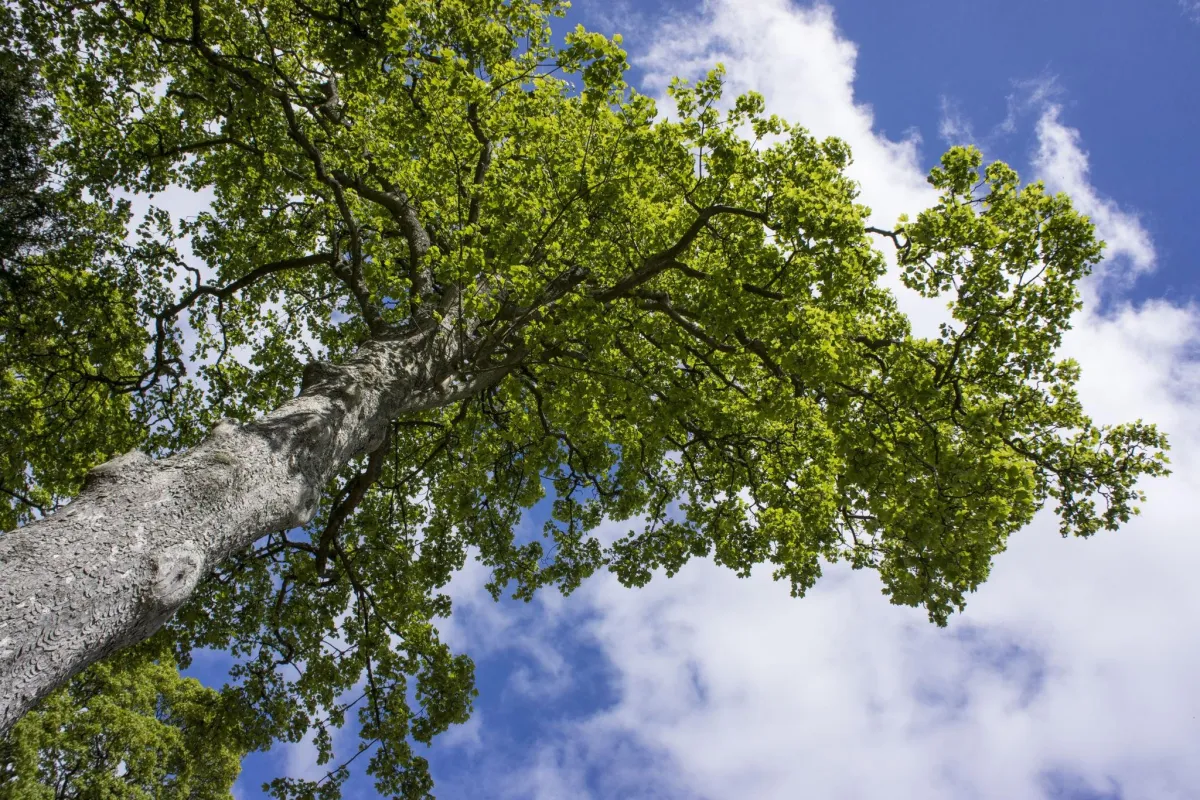
Less Than 50% Canopy Loss
When less than half of a tree's branches and leaves are gone, it usually has enough energy reserves to regrow and recover. The canopy is like the tree’s kitchen, where leaves produce food through photosynthesis. Losing too much canopy reduces the tree’s ability to feed itself.
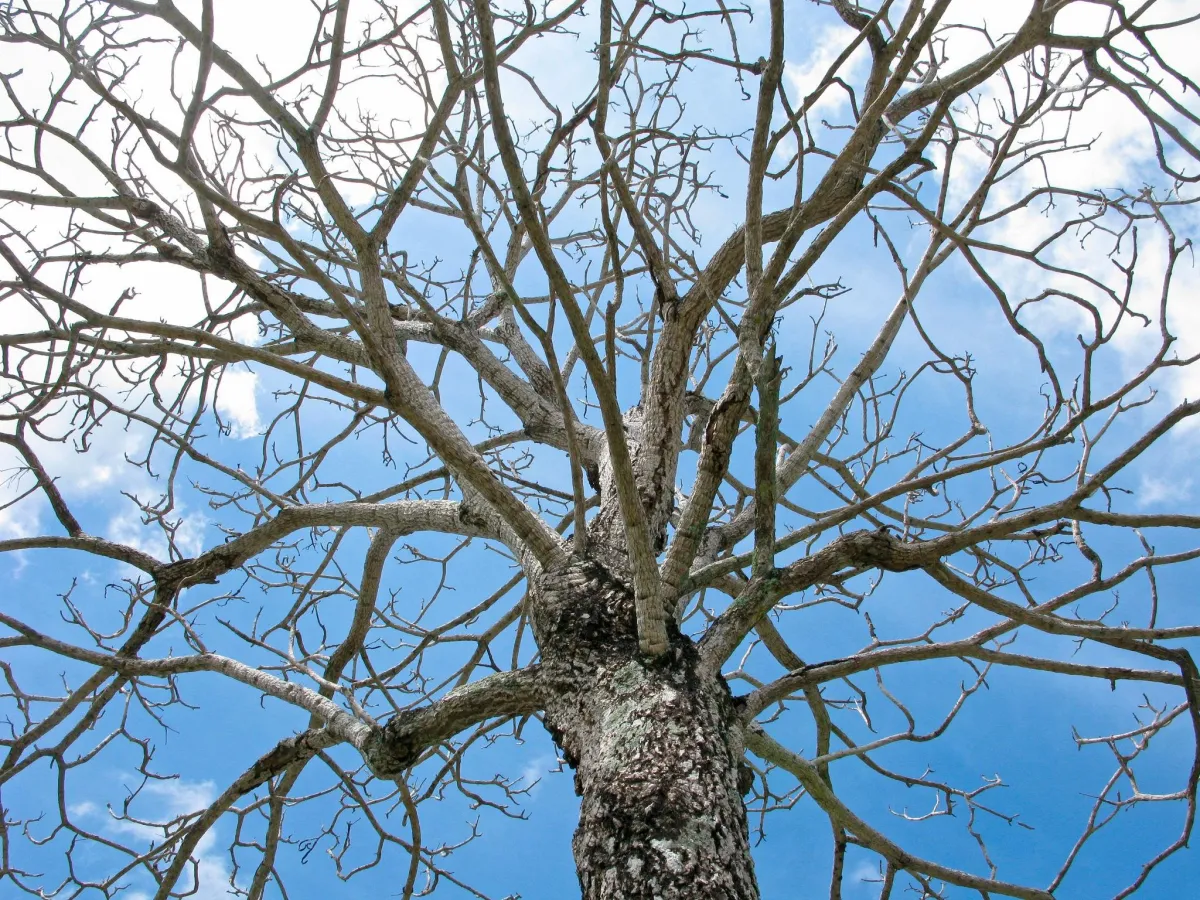
Minimal Structural Damage
If a tree has only lost small branches and shows no major cracks in its trunk or large limbs, it stands a good chance of recovery. Trees can naturally seal small wounds and continue growing. Proper pruning can help the tree focus its energy on healing instead of trying to support damaged branches.
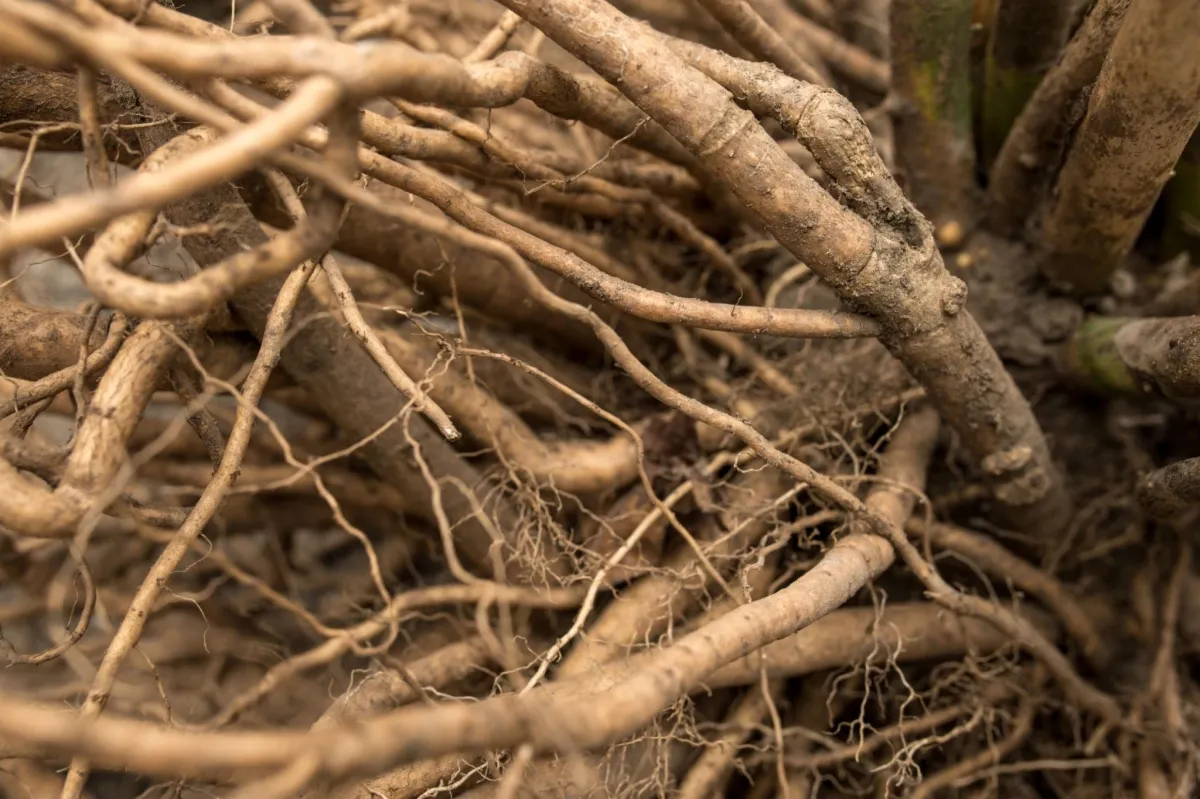
Healthy Root System
Roots are the foundation of a tree’s health. If the roots remain intact and there are no signs of soil upheaval, the tree will likely remain stable and recover over time. On the other hand, if roots are heavily damaged, the tree may struggle to absorb water and nutrients, making recovery harder.
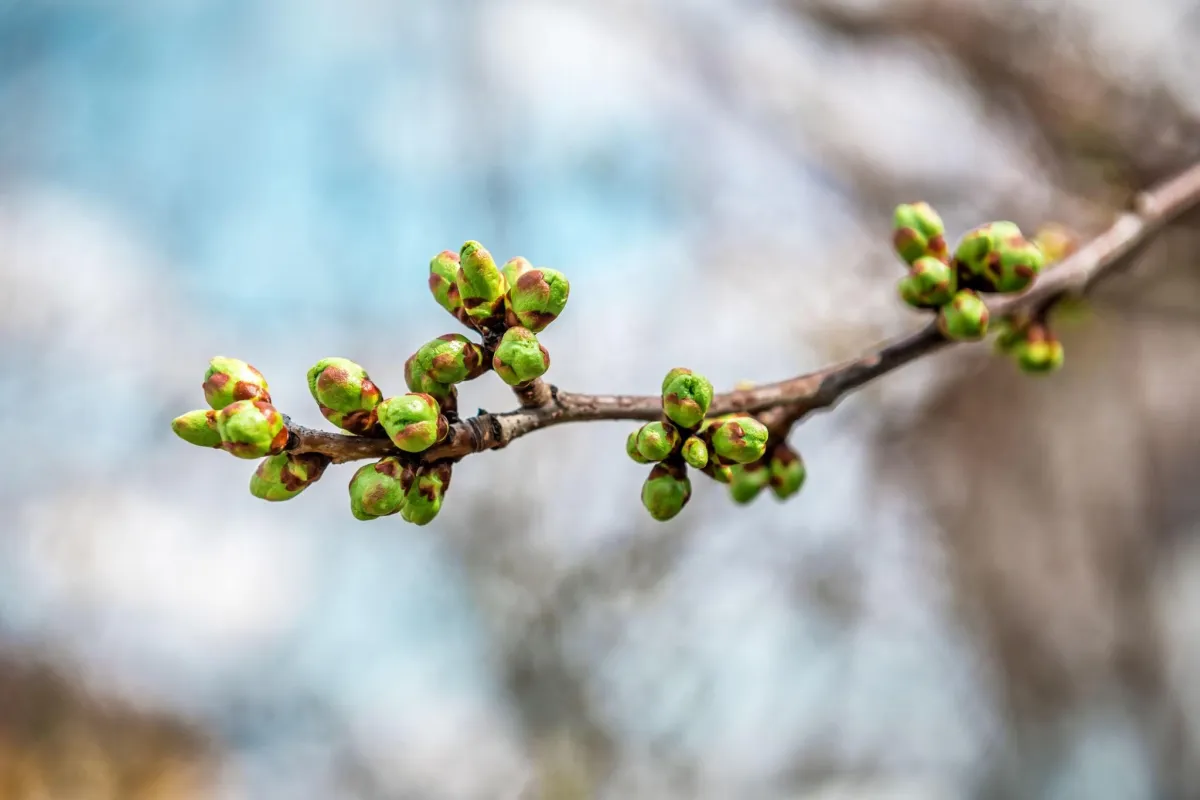
Presence of New Growth
If buds are forming and leaves are sprouting in the spring after the storm, it’s a strong sign that the tree is still alive and fighting to recover. Trees use energy stored in their roots to push out new growth, even after severe stress. However, if no new leaves or buds appear in the first few weeks of spring following the storm, the tree may not survive.
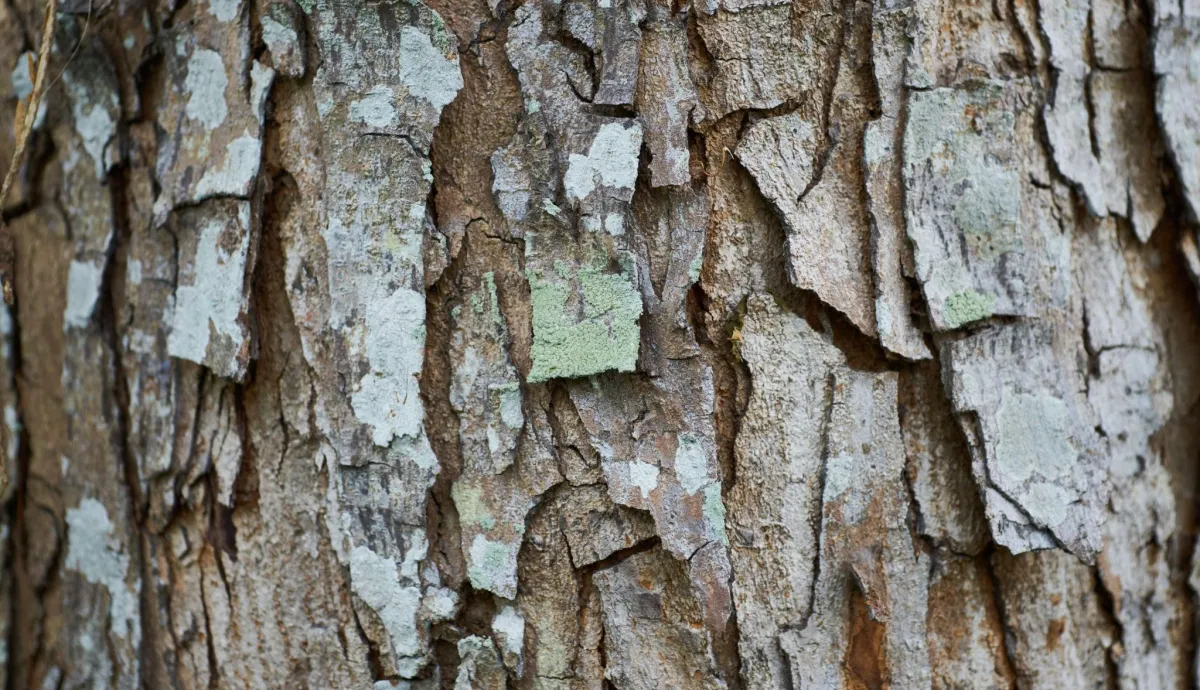
No Disease or Decay
Healthy trees have a much better chance of bouncing back. If there are no signs of rot, fungus, or pest infestations, recovery is more likely. Damaged trees are more vulnerable to pests and diseases, so acting quickly after a storm can prevent further complications.
When Is It Too Late to Save a Tree?
Severe Trunk Damage
If a tree's trunk is deeply split or cracked, it often cannot support itself. The trunk serves as the tree’s main support system, and when it’s compromised, the tree becomes structurally unsafe. Large splits also create entry points for disease and pests, speeding up the tree's decline.
Significant Canopy Loss
When more than 50% of the tree's branches and leaves are gone, the tree may not have enough energy to sustain itself. Without enough leaves to produce food, the tree will eventually weaken and die. It’s like trying to run a marathon without eating enough food beforehand.
Dangerous Lean, or Completely Uprooted
A tree leaning heavily ( more than about 30º) after a storm poses a significant risk. Even if parts of the tree are still alive, the leaning makes it unstable and unsafe. Trees leaning toward homes, power lines, or roads need to be addressed immediately by an arborist.
If a tree has been completely uprooted and its root system is exposed, it’s unlikely to recover. Smaller trees might survive being replanted, but larger uprooted trees are usually unsalvageable. Roots are the lifeline of a tree, and once they’re heavily damaged, survival is nearly impossible.
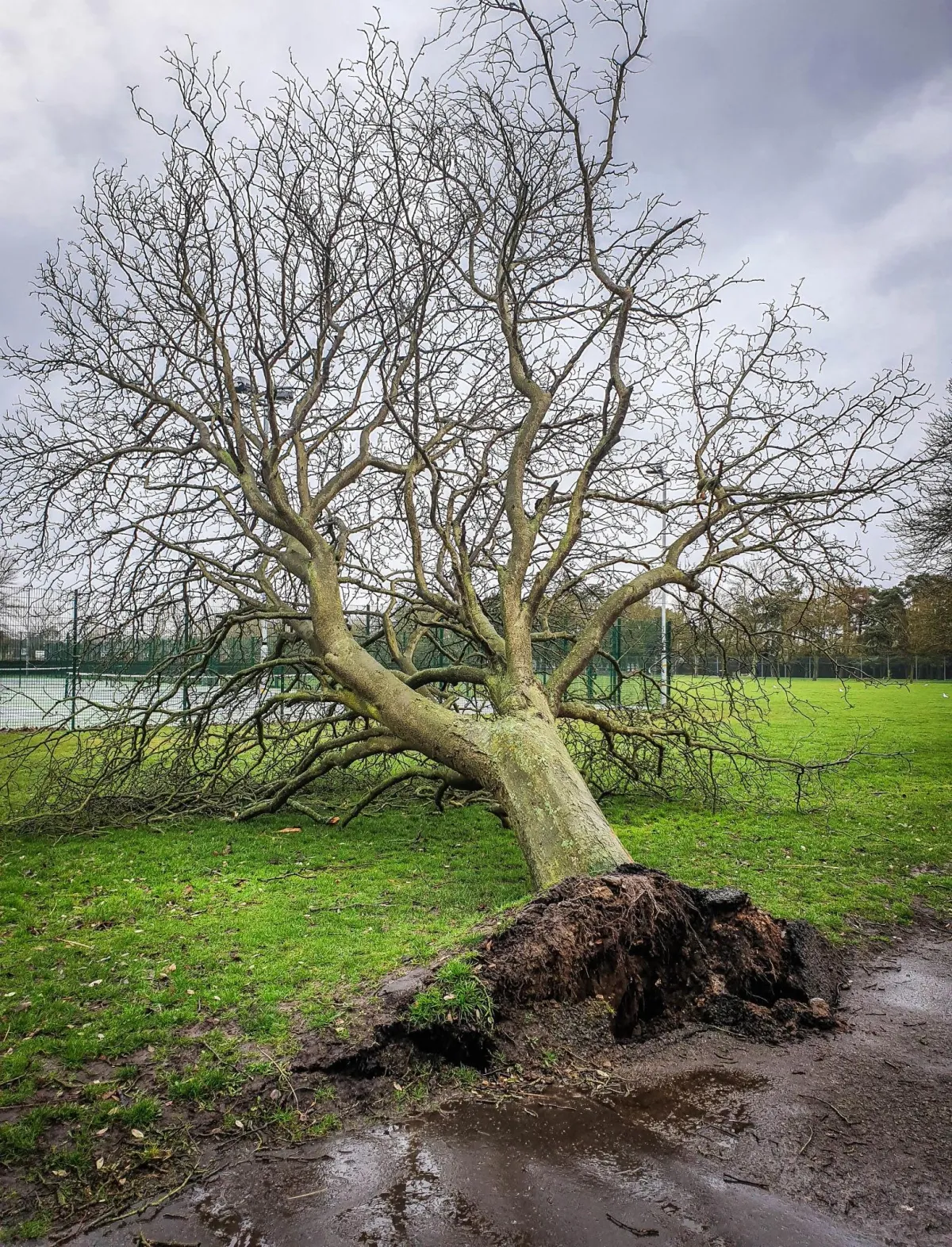
Soil Minerals
Soil contains tiny bits of minerals, like calcium, magnesium, and iron. These minerals act like vitamins for trees:
Calcium: Builds strong tree cells, like bones for humans.
Magnesium: Helps trees make chlorophyll, which is what turns sunlight into energy.
Iron: Keeps leaves green and helps trees stay healthy.
If the soil doesn’t have enough of these minerals, trees can become weak or their leaves might turn yellow. In Louisville, natural limestone in the soil adds calcium but can make it harder for trees to get iron.
How to Assess a Storm-Damaged Tree
1. Perform a Visual Inspection
Start by looking for obvious damage. Check for broken branches, split trunks, hanging limbs, or exposed roots. Look at the ground around the tree to see if the soil is cracked or lifted, which could indicate root damage. A quick visual check can often give you a good idea of the tree’s condition.
2. Check for Signs of Life
Scrape a small section of bark. If you see green underneath, the tree is still alive. If it’s brown and dry, the tree may be dead. Additionally, look for new buds or leaves sprouting from branches. These are signs that the tree is still trying to recover.
3. Evaluate the Tree’s Stability
If the tree is leaning or the ground around it appears disturbed, it may not be structurally safe. Trees with weak root systems or significant trunk damage are often unstable and can fall unexpectedly. Always keep safety in mind when assessing stability.
4. Consult a Professional Arborist
A certified arborist has the expertise and tools to assess damage accurately. They’ll help determine if the tree can recover or if removal is necessary. Arborists can also recommend treatments or pruning strategies to improve the tree's chances of survival.
How Professionals Save Storm-Damaged Trees
Pruning and Trimming
Arborists carefully remove damaged branches to reduce stress on the tree. Proper pruning helps prevent further damage and allows the tree to focus on recovery. It also minimizes the risk of falling branches causing injuries or property damage.
Cabling and Bracing
For trees with structural weaknesses, arborists may use cables or braces to stabilize limbs and reduce the risk of future damage. This technique can give the tree additional support while it heals.
Soil Care and Fertilization
After a storm, trees may need extra nutrients and water to recover. Arborists often recommend soil treatments, fertilizers, and proper watering schedules to support tree health.
Wound Treatment
Tree wounds are cleaned and treated to reduce the risk of pests and diseases infecting the exposed wood. Timely treatment helps prevent further damage and decay.
FAQs
1. Can a tree with a split trunk be saved?
Minor splits can sometimes be repaired with cabling or bracing, but deep splits usually mean the tree is beyond saving.
2. How long should I wait to decide if a tree will recover?
Give the tree a few weeks to show signs of new growth. If there’s no improvement, consult an arborist.
3. Can a leaning tree be straightened?
Slightly leaning small trees may be straightened with stakes. However, large leaning trees often need removal.
Contact Us
Service Hours
Social Media
Looking for landscaping, lawn care, or other home services?

Contact Us
+1 502-483-0511
Prospect, Louisville, KY 40222
Service Hours
Mon- Fri: 9am - 5pm
Sat & Sun: Appt Only
Social Media

2025 | Apex Pros | Rights Reserved
